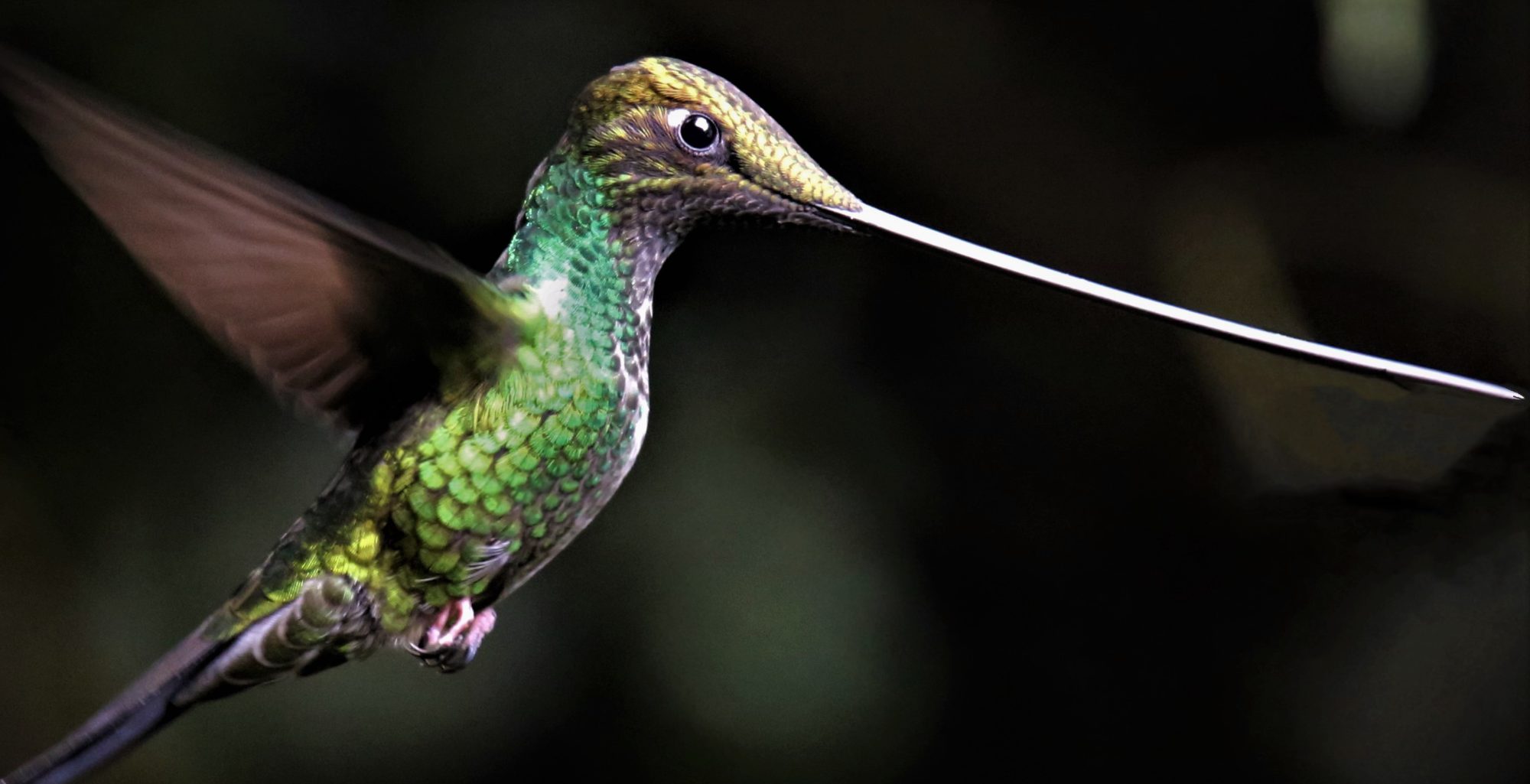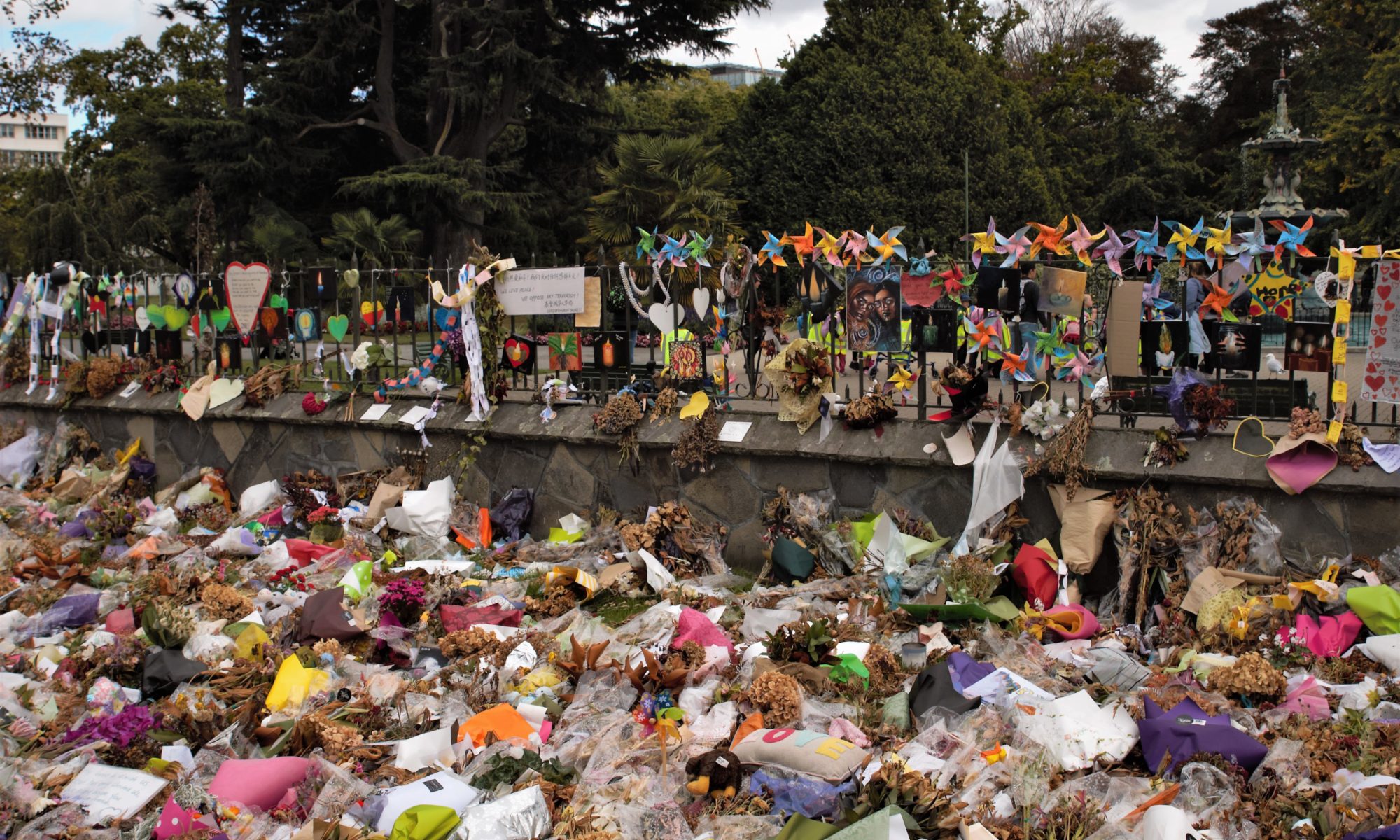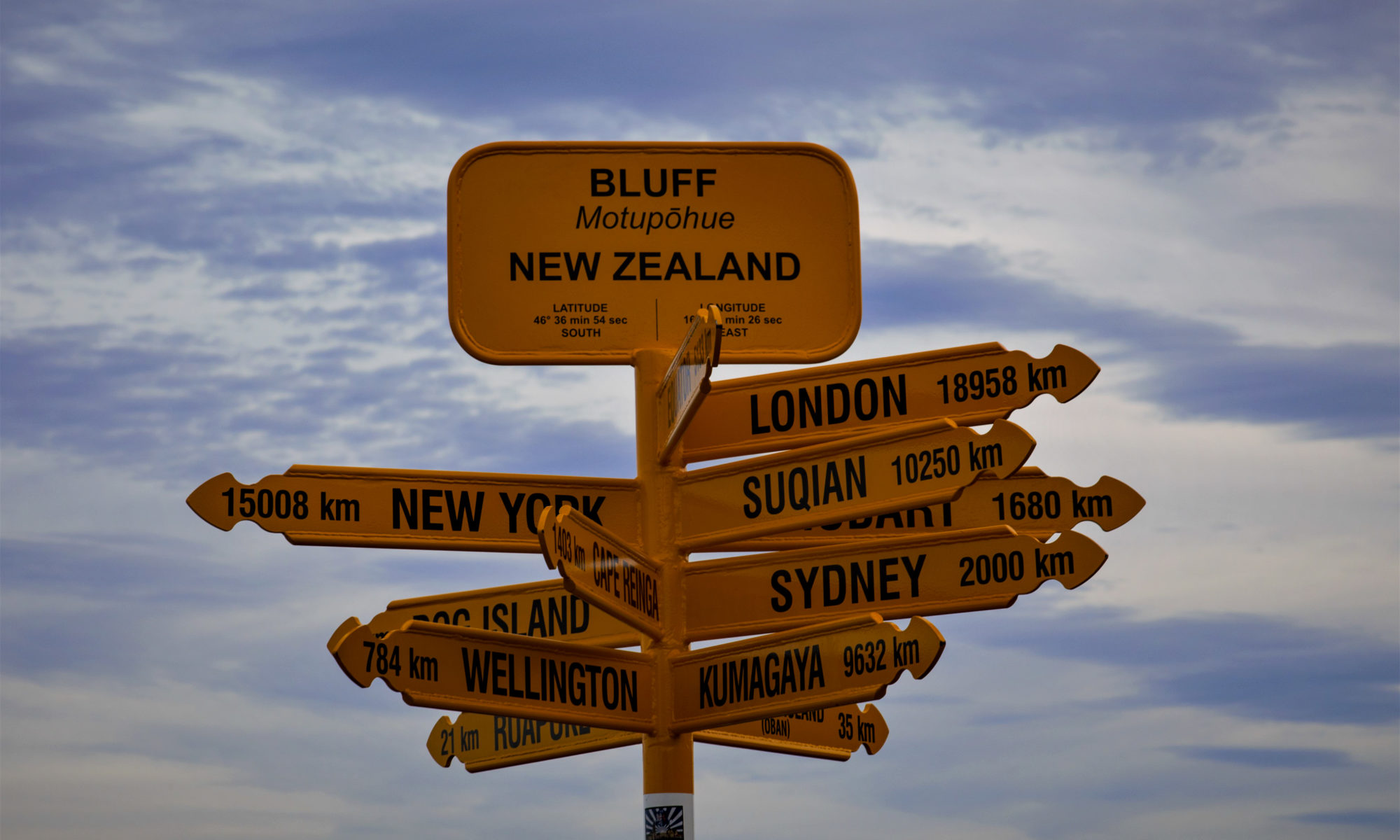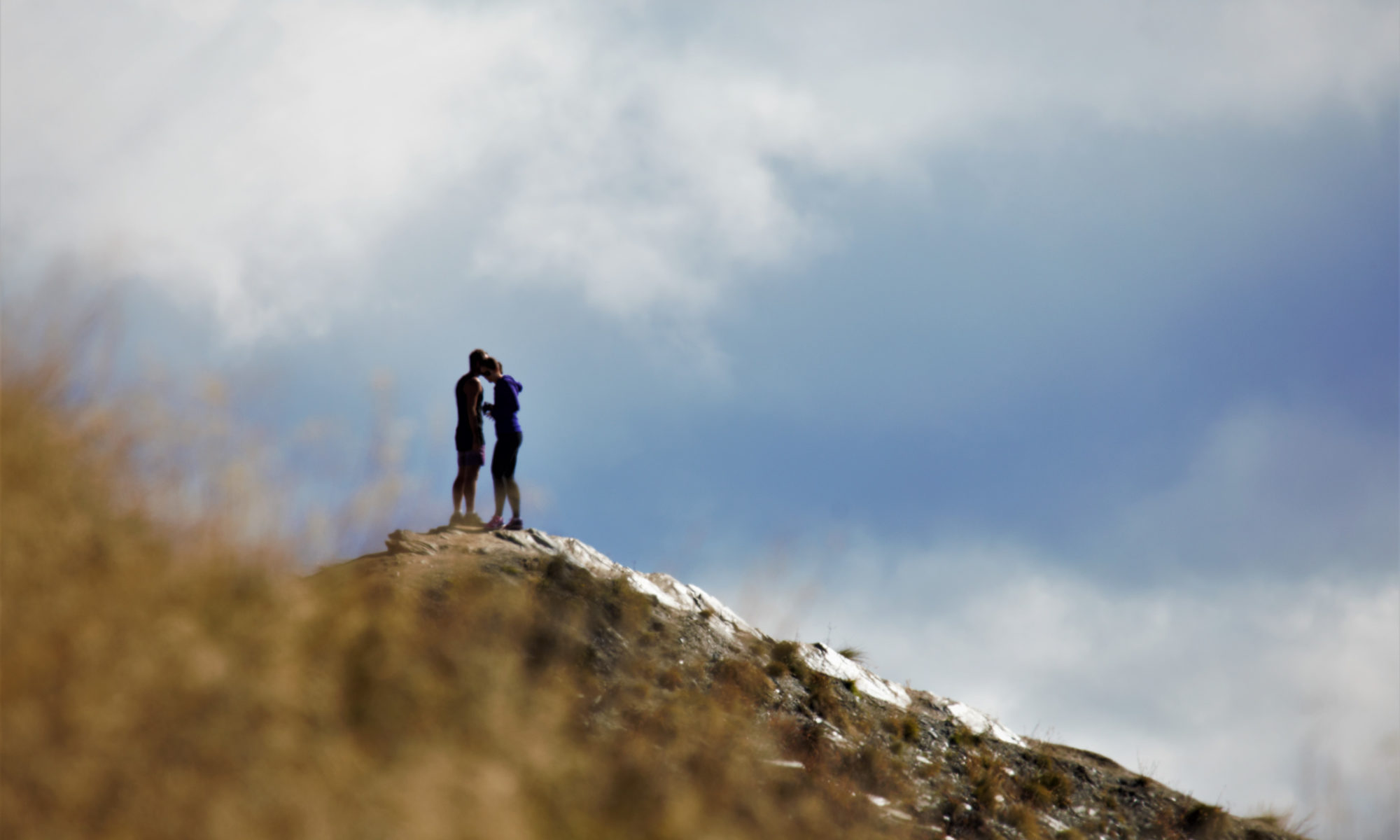We took the short flight from Christchurch to the metropolis of Auckland. We actually never made it to the city center on this trip. My wife and I had been there in the past. (For a few pictures of the North Island from the trip in 2006, click here.) It was a lovely city then and though I am sure it has grown, we opted to stay south of the city. My wife had grown weary of my “try to see it all” attitude and she wanted to relax. She knew she was going back to work and wanted at least a little time at a slower pace. We only had three nights in the area and then we had to fly almost halfway around the Earth to home. We did a little hiking, went to the island of Waiheke for some sightseeing and wine tasting, and watched the Men’s NCAA Basketball semifinals game. My wife is a big sports fan and we have a lot of relatives that went to UVA, one of the schools in the final four. Thankfully, in an exciting game, the team we were rooting for won. Now she could look forward to watching the University of Virginia in the final game at our house.
The North Island has a lot going for it. Being closer to the equator, the weather is usually warmer than the South Island. Around Auckland there is more to do for people who like a faster pace. Even though we did not make it to the city center this time, it was clear from the surrounding area that the metropolis compares favorably with the best metropolitan areas of the world. Judging from the boats, or should I say yachts, and the beautiful homes with gorgeous sea views, there is plenty of money in this part of the world. A third of New Zealand’s population lives in the Auckland region, but still it does not feel crowded like Los Angeles or New York. Of course it is much smaller at about 1.5 million people.
And then there is Waiheke Island, a short ferry ride away…it is reminiscent of how Napa Valley was 30 something years ago with, dare I say, better views. While we were there, we drove up to a beach that was recommended by Lonely Planet. It was raining a bit but still very pretty. On one end of the beach there was a geology field trip with students using graduated cylinders to test the water. On the other end there were people dressed very well. My wife assumed there was to be a destination wedding and so she followed the people. I, being a retired science teacher, went to see what was going on at the field trip. The students worked through the light drizzle, and so after seeing enough, I walked back to find my wife.
She was seated off to the side, still hoping to see the bride. I don’t know if the groom was worried, but he and his groomsmen sure had to wait for a while in the rain. For the fun of it, I decided to take some pictures. The minister had invited the attendees to use their cell phones to take pictures. We were wedding crashers (though we left before the ceremony was over), but no closer than the dozen or so other beachgoers, and with my long lens (not a cell phone) I got some pretty good shots. The weather cleared for a moment as the bride and her bridesmaids pulled up. The ceremony began. Just before we left, I gave this website address to a man whose child had had enough sitting still in the seats on the beach. As the mist started again, he said he would give it to the wedding party, and we were off to another tasting room.
If you are a member of the party, or if you like weddings, click here. The bride and groom, family and friends are free to use my images as they wish for personal use, free of charge. Everyone else, they are property of this website, and you do not have permission to do anything but look. I still don’t know who the people were, but it was wonderful to witness. The groom might even have had a tear of joy in his eye (I don’t think it was just the rain) when he saw his bride being escorted down the aisle. Despite the weather, the wedding party looked like something out of a magazine. I hope everything went well after we left.
In our last tasting room of the day, at a place called Jurassic Ridge, we met the winemaker and owner; an extremely bright and articulate man named Lance. I learned through conversation that he had been a neurologist before he turned to winemaking. I have a high-school friend and teammate who is also extremely bright and articulate and a neurologist, whose father was a famous neurologist at a teaching hospital. I started dropping some names. Lance’s eyes lit up as he said he helped my friend’s father write a couple of chapters in medical texts. It was another small-world moment for me. Just then, my wife (who is usually pretty trusting) turned away with her cell phone (at the time, I thought she had just gotten an important text to which she had to reply) to Google verify whether Lance was telling the truth. I don’t know why, but she thought he might be spinning a story to sell wine. I guess she thought it was “worth a Google” (a phrase often quoted by my sons from some movie they liked). His wines had been declared by several sommeliers we talked to during the day as some of the finest wines from the island. I liked them too. Anyway, to finish this story, I chose 15 bottles of his wines to be shipped home to be given to friends, partly because I enjoyed the conversation. We left for the last ferry of the day. On the way to the pier, my wife said she was going to try to sleep in the car on the return, but when I got back in the car she was awake. She quietly announced she couldn’t sleep because the beauty that was passing before her eyes was not to be missed. If you would like to see some pictures of the last days of this adventure, click here. Some of the last pictures are images of the sky and sunset that kept my wife awake.





